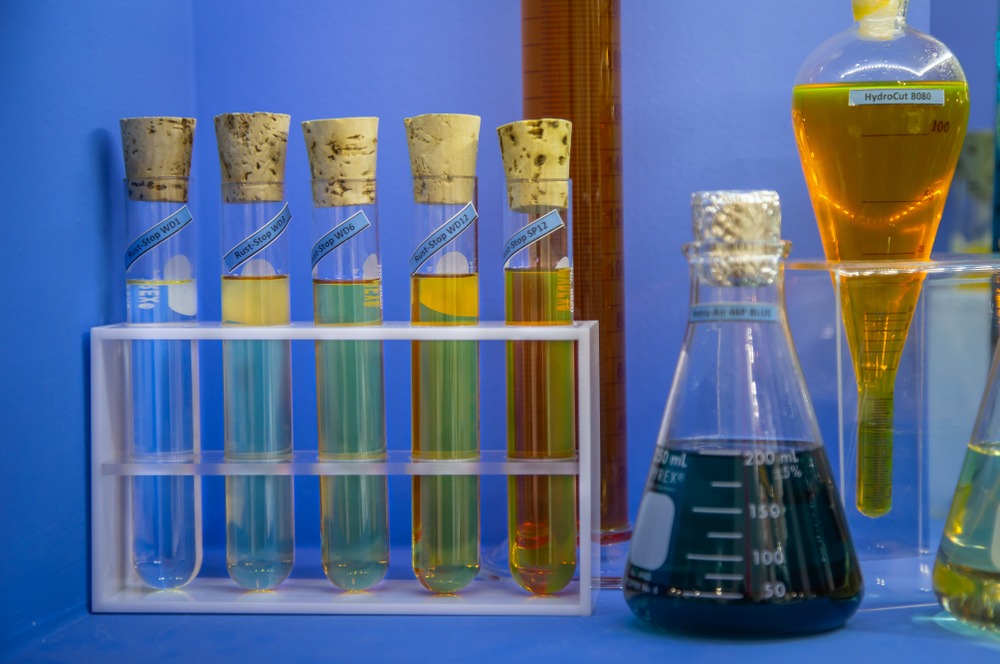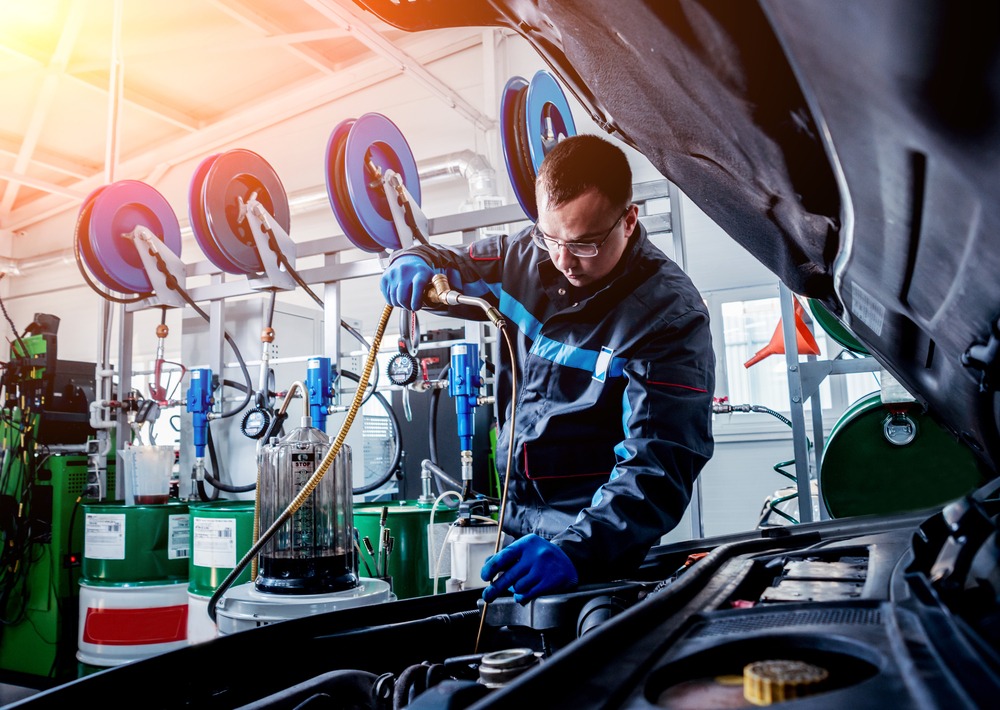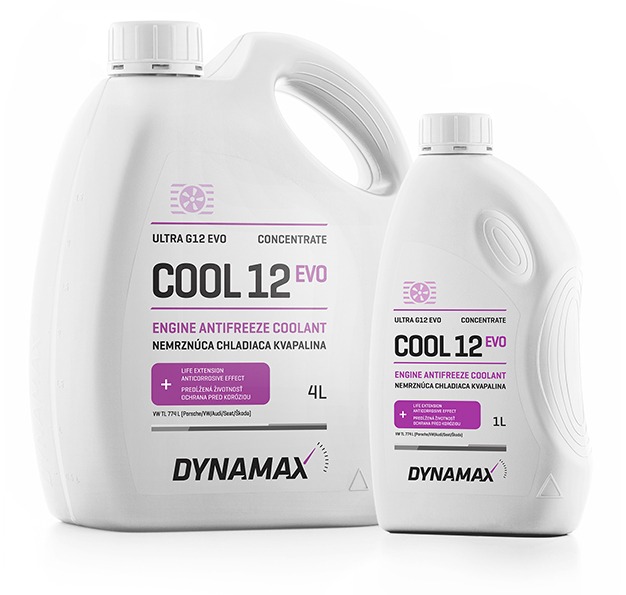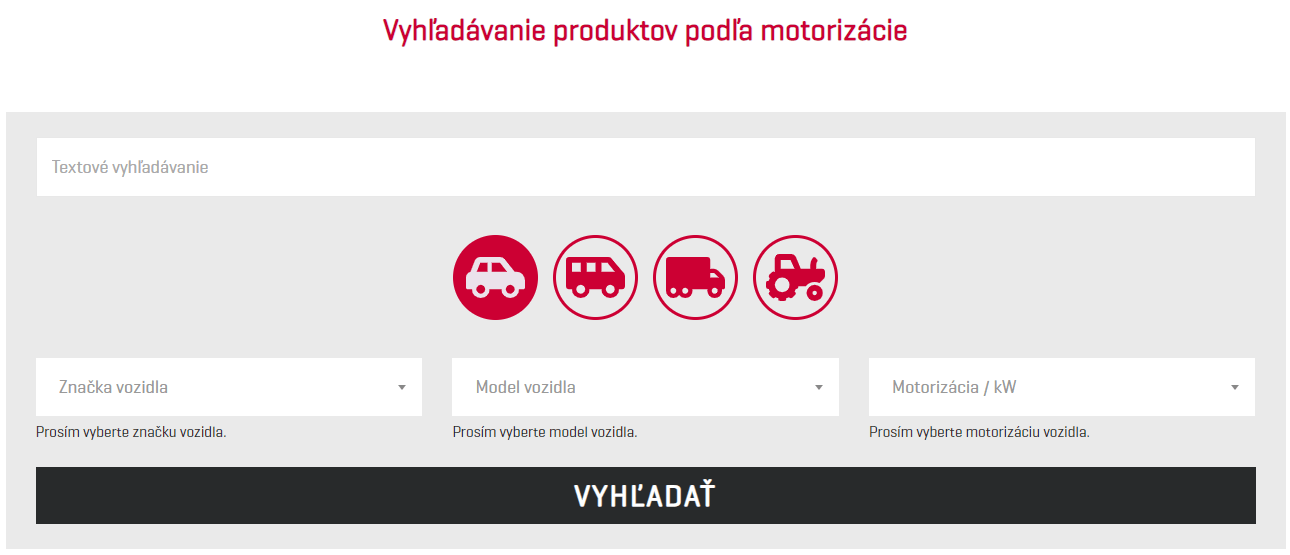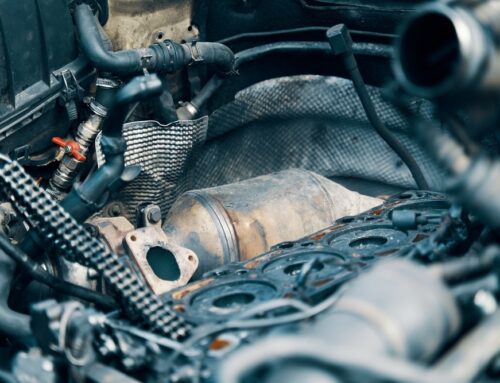What types of coolants exist?
and which one fits your car?
The coolant is an integral part of the vehicle and you should not forget to change it or top it up. Among other things, coolants take care of the correct operating temperature, protects the engine and other components from overheating.
Coolant colors and their distinguishion from the past
In the past, coolants were divided into different types mainly according to color (not only). This was due to the fact that various chemical substances were added to the liquid during the production process, which colored the cooling mixture.
Thanks to the inhibitors and technology used, coolants are divided into:
● IAT (inorganic additive technology)
IAT technology was used for older coolants that were usually blue or green in color. These are liquids containing inorganic salts (silicates, phosphates, borates). This type of coolant coats the metal elements with a thick layer of hard sediment. Under normal circumstances, you would have to change the given type of coolant every two years or every 60,000 kilometers.
● OAT (organic acid technology)
After inorganic additives a new was introduced- OAT. Its chemical additives added better protection to cooling systems and extended the life of the coolant itself. OAT fluids contain organic acids (for example, benzoic acid derivatives).
They are characterized by increased durability and do not damage parts of aluminum coolers. However, they are not recommended for use in older vehicles, as they may react with lead solders and subsequently damage them. These extended-life coolants were usually orange in color and offer a five-year or 120,000-mile change interval.
● HOAT (hybrid organic acid technology)
The last type of coolant is produced by HOAT technology. It is a hybrid organic acid technology, which is a combination of inorganic and organic acid technology. Is used in most new vehicles. It offers a change interval of up to 10 years.
Coolant production technology
If we were to go back to the beginning, first of all we should talk about the composition of the coolant. It consists of approximately 90% monoethylene glycol, which gives the liquid an antifreeze function. It also contains water and additives, which include:
● Disperzants – prevent the formation of scale in the liquid
● Stabilizers and pH increasers – prevent excessive oxygenation of the liquid
● Corrosion inhibitors – protect metal parts from corrosion
● Dyes – serve to differentiate the type
● Anti-foam additives
Classification of coolants by color. Is it still valid today?
Several types of coolants designed for individual types of cars are used on the market. It used to be true that the G10 was always yellow, the G11 blue-green, the G12 red-pink, and the G13 purple, but some manufacturers have decided to switch to other colors. At the moment follow as a matter of priority what is written in the manual for the car’s operation and in the instructions on the bottle of the liquid.
Coolants differ primarily in their resistance to the formation of deposits and limescale, which reduces heat transfer, which is a very important feature, especially in modern cars with theoretically small coolers.
If you can’t decide which type is best for your car, we recommend to check through the automatic product search, where you only enter the car brand, car model and engine type. Subsequently, the automatic search engine will evaluate which type of coolant is most suitable for your car and at the same time tell you how many liters are needed to replace it in the cooling system.
Can the coolant lose its effectiveness?
Yes, it can happen either due to time, mileage or overall use. Basically, the fluid itself does not wear out, rather it is that during use it absorbs impurities from the environment (small micro particles from the engine and surrounding components) and thus its quality decreases.
Wondering how often to change your car’s coolant? In the case of “older” G11 fluids, it is necessary to perform a replacement once every three years, and with newer ones, the interval is about once every 5 years. If you want to rely on the manufacturers’ exact standards, you can find your car’s interval in the manual. If you don’t find one there, or if you read that it is not necessary to change the fluid, the above-described interval of 3 or 5 years applies. Unofficially, however, it is sometimes recommended to shorten the interval to 2-3 years, regardless of the type of liquid, you will not damage the car and you can basically prevent an unnecessary engine error. Stick to the rule, it’s better to change the coolant sooner rather than later.
Recommendation: When changing, the coolant requires complete deaeriation, so you should leave this process to a professional car service.
Why do we dilute coolant with water?
You can choose from 2 types of coolants – a pre-prepared, already diluted mixture (readymix), which you just buy and can use just as effectively. Then there is the second option – the concentrate, which still needs to be diluted with water. The coolant concentrate is additionally diluted with demineralized technical water and thanks to this, it withstands greater minus temperatures than undiluted.
New among coolants – COOL Ultra 12 EVO
Coolant DYNAMAX COOL ULTRA 12 EVO is a special high-quality antifreeze mixture for the cooling systems of the most modern combustion engines from the Volkswagen Group based on aluminum or aluminum alloys. Its advantage is also that it can be freely mixed with G12++ and G13 liquids. Another great benefit is its endurance up to -32 °C. It is also intended for new types of electric cars and hybrid cars. Thanks to the increased content of corrosion inhibitors, it meets the highest requirements of the VW concern – it meets the VW TL 774 L (G12EVO) standard.
It is used as protection against frost, overheating, corrosion and scale deposits. You can use the product all year round.
It is environmentally friendly and replaces the predecessors G13, G12++, G12. Does not contain nitrites and amines, at the same time it does not damage the rubber. Contains ethylene glycol and highly organic corrosion inhibitors. Can be diluted to the desired freezing point with demineralized or drinking water.
Recommendation for the end
Thanks to the intelligent search engine, you can find the right type of coolant for your car.

